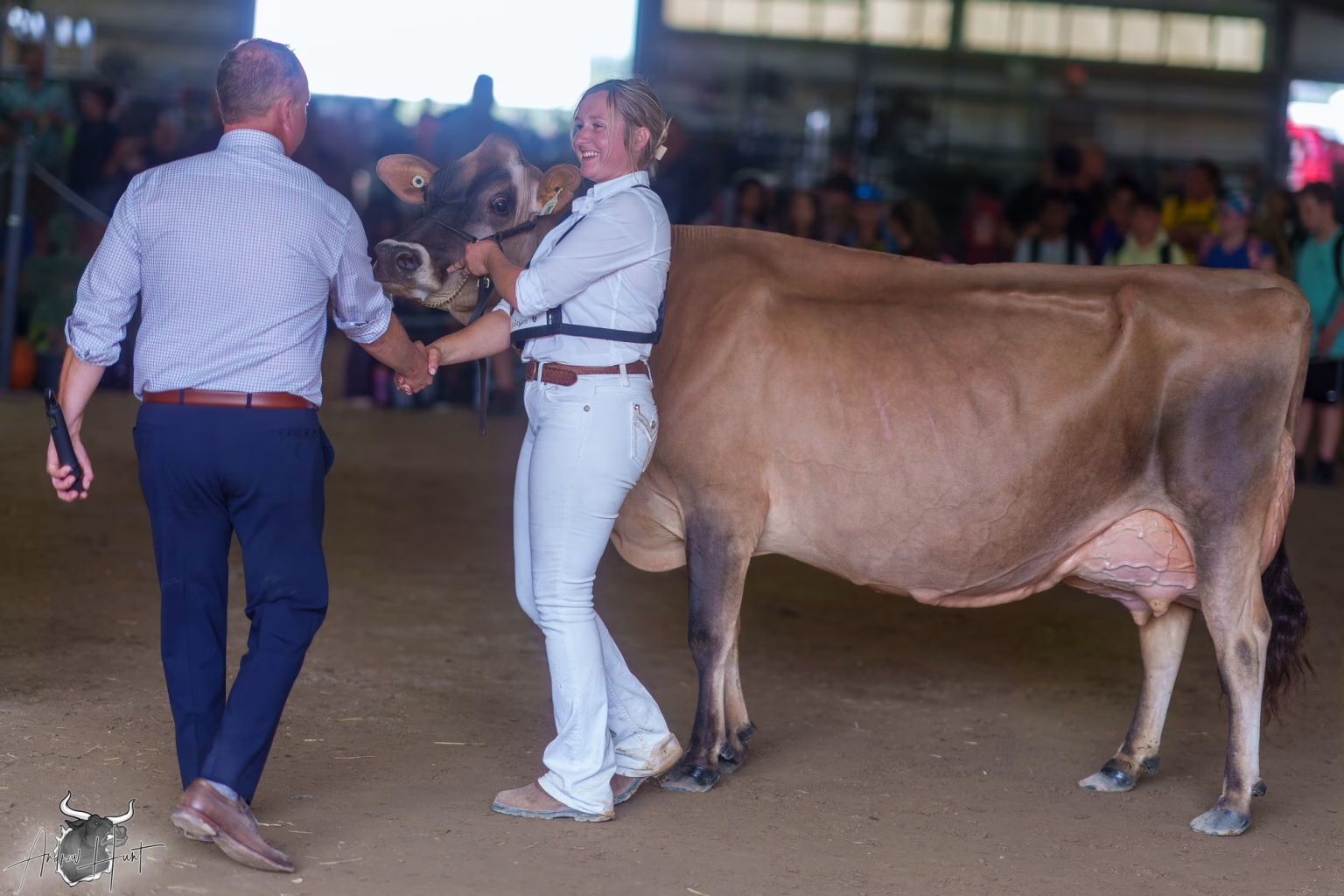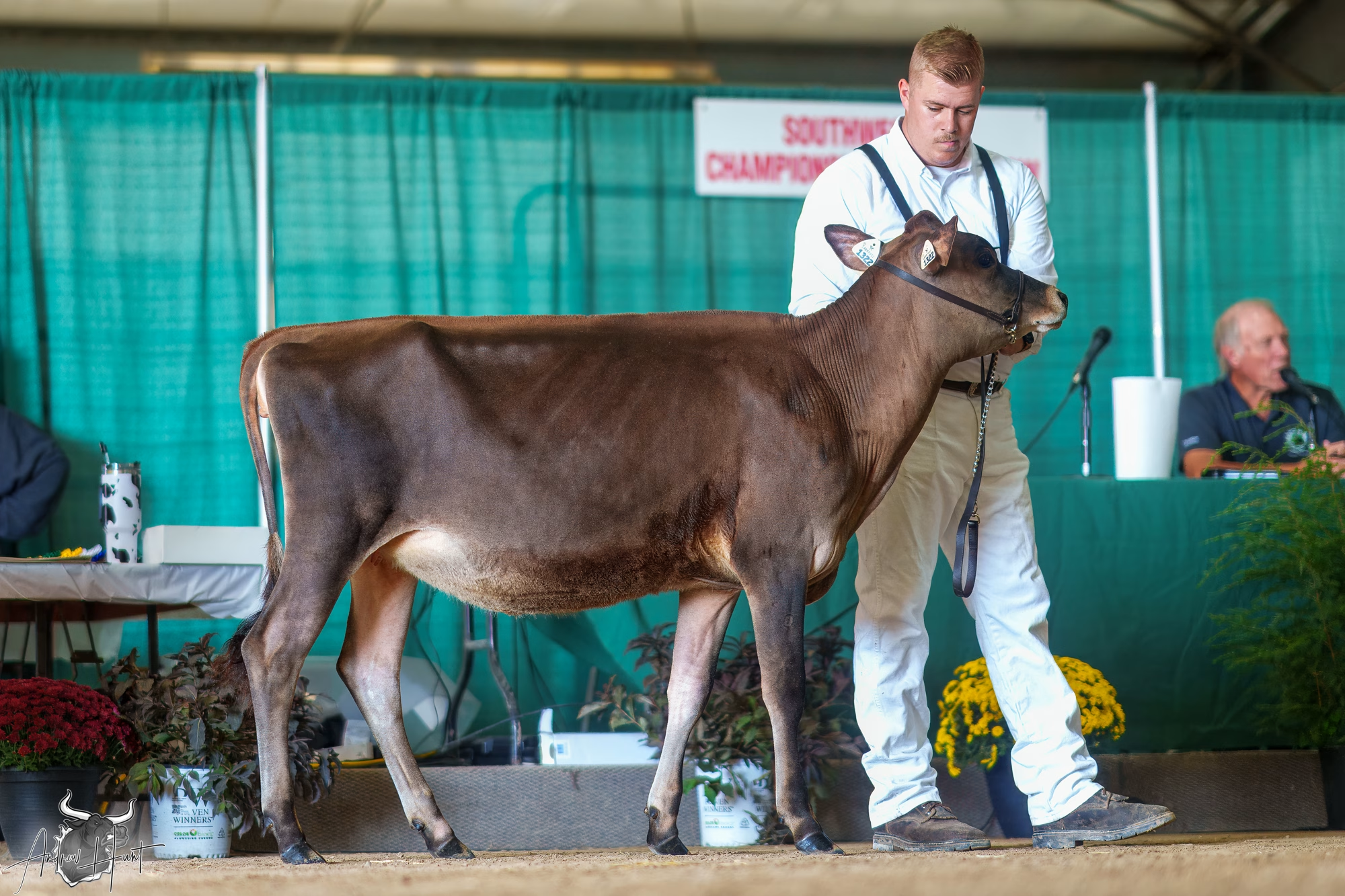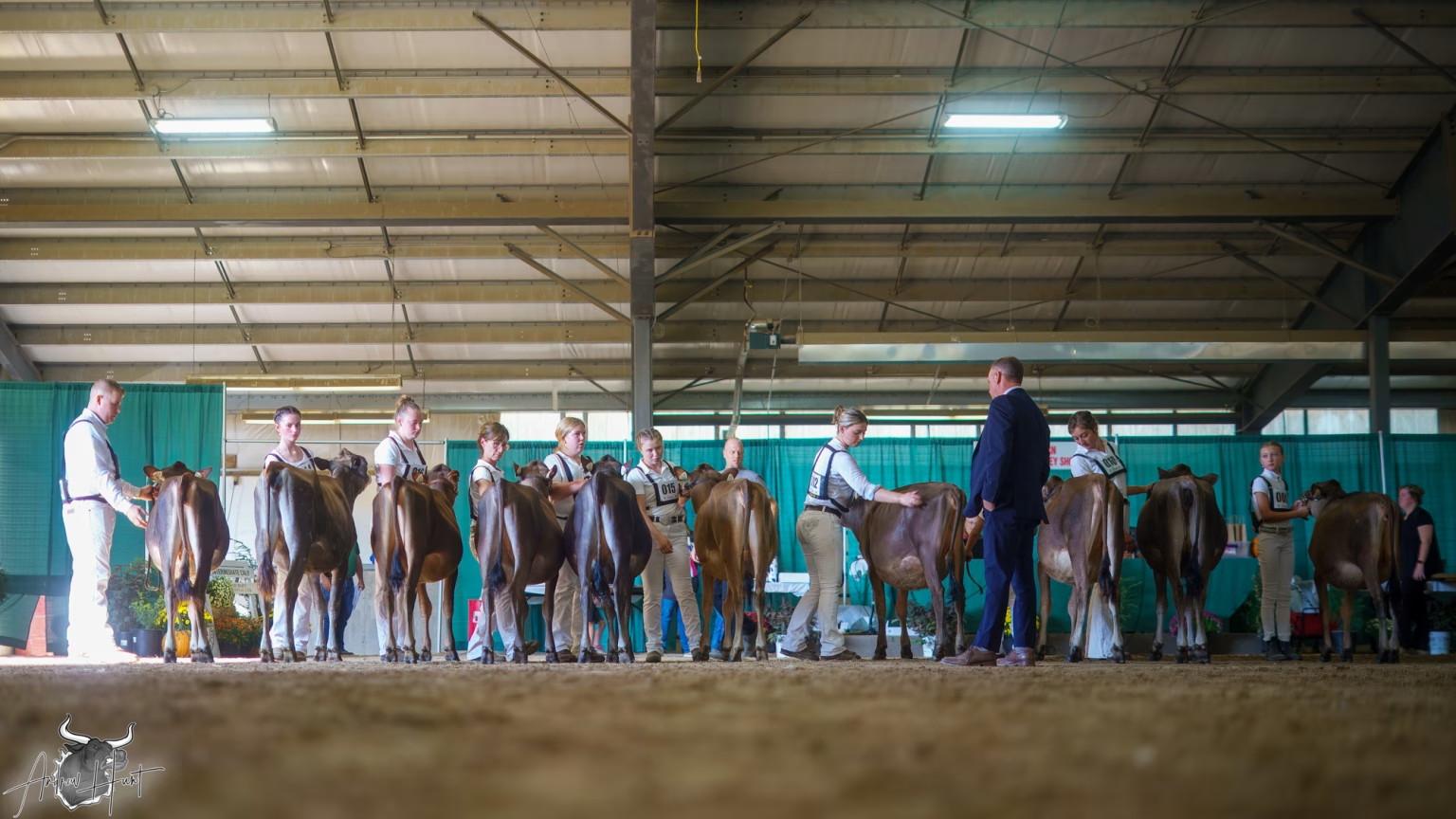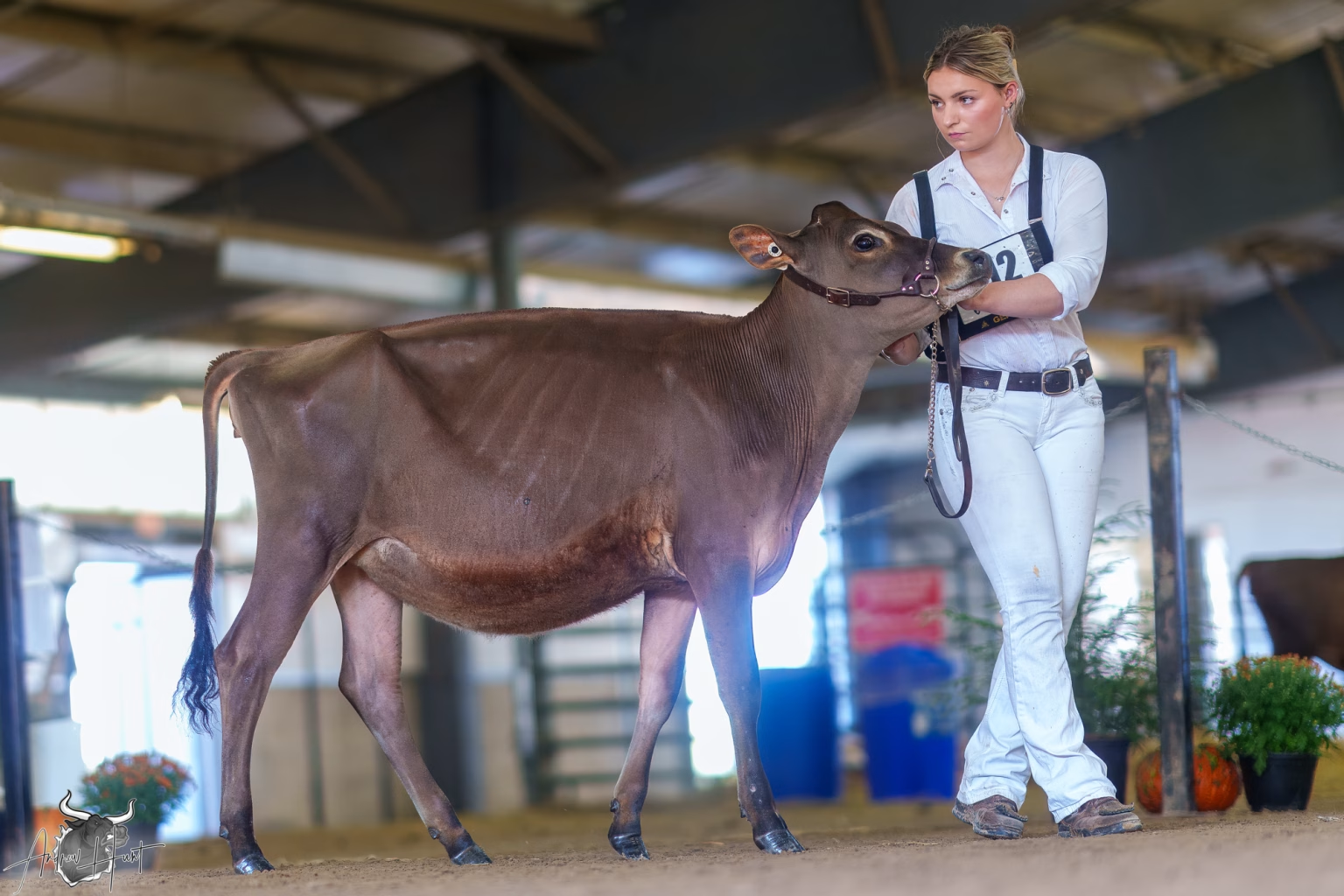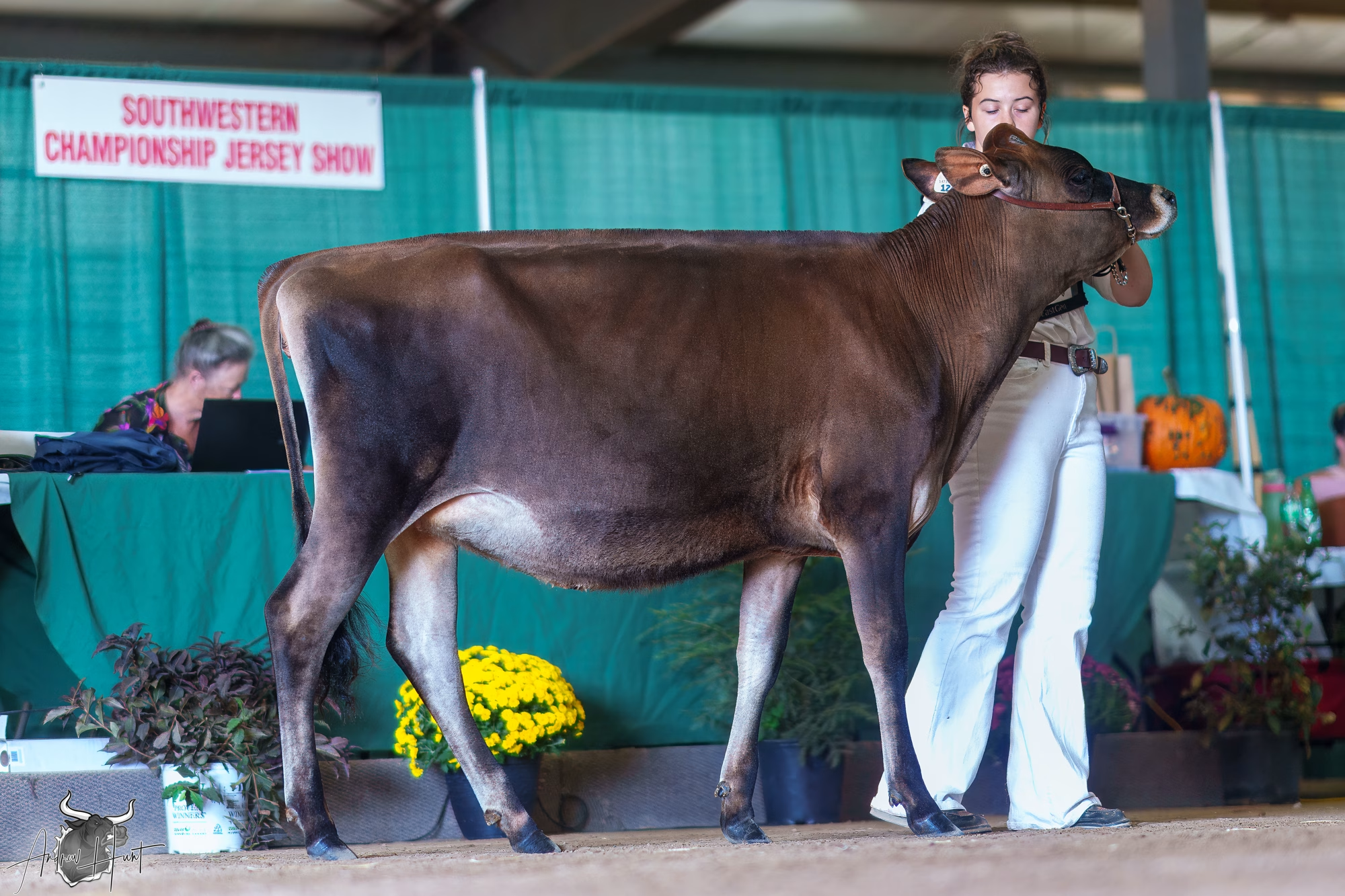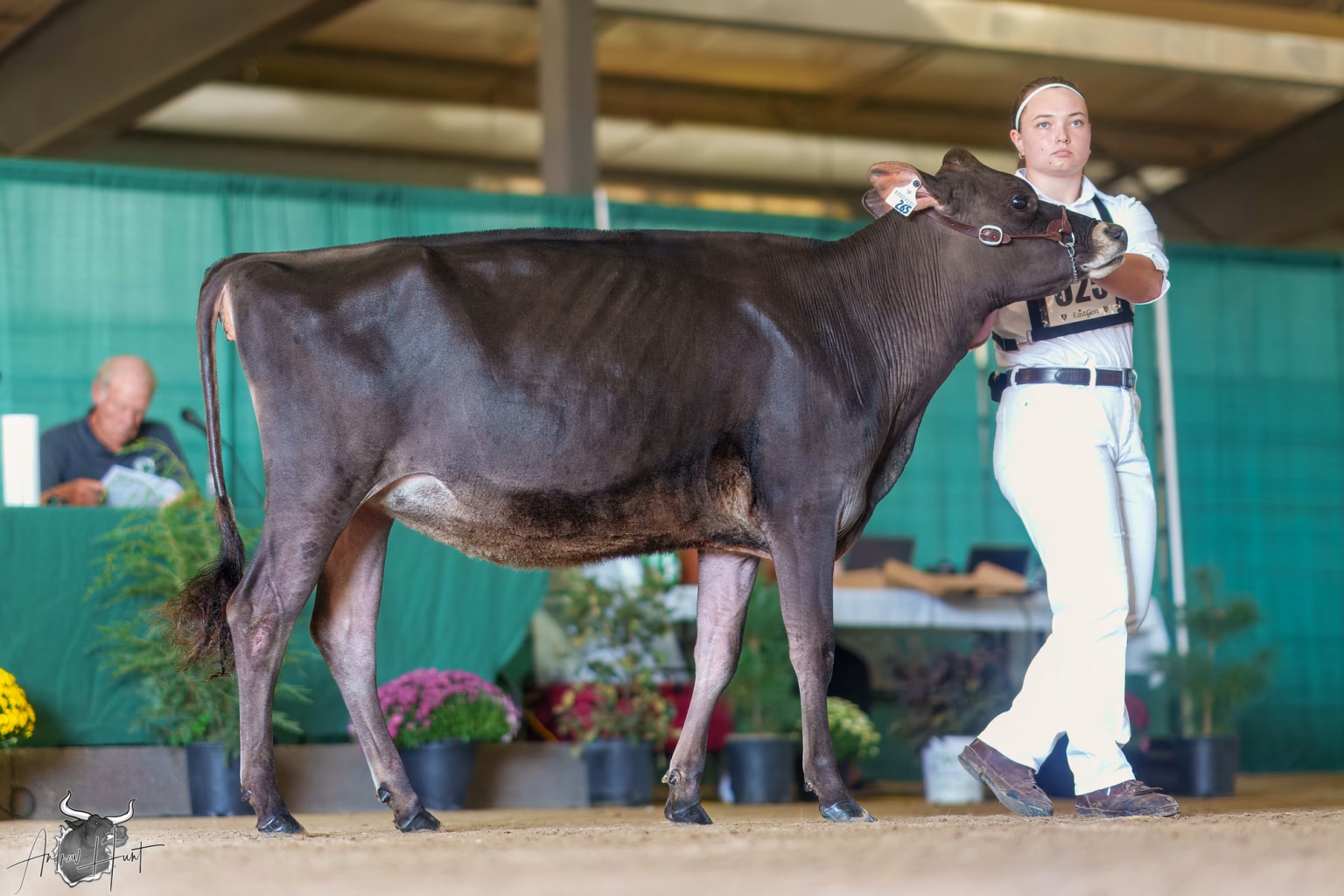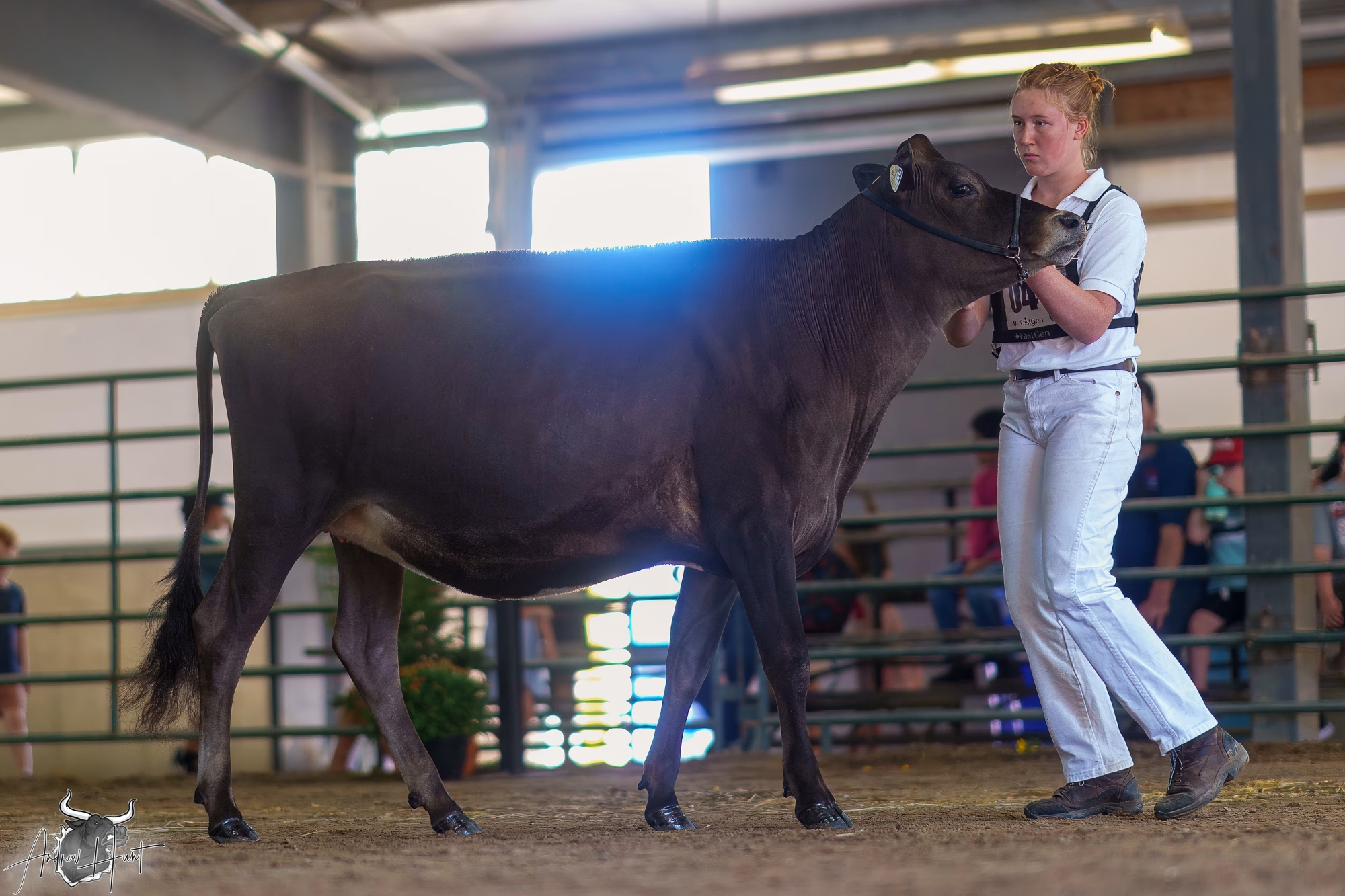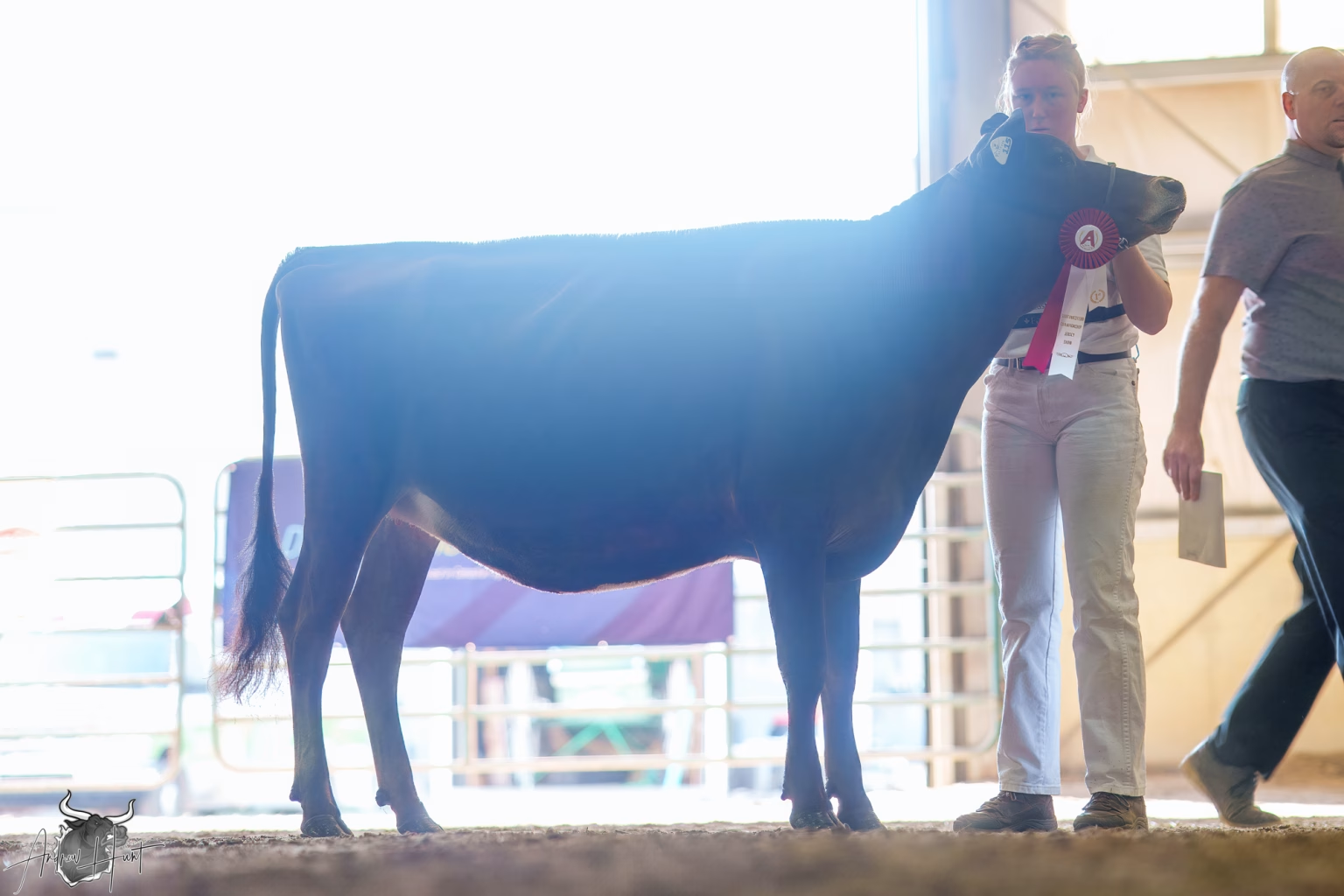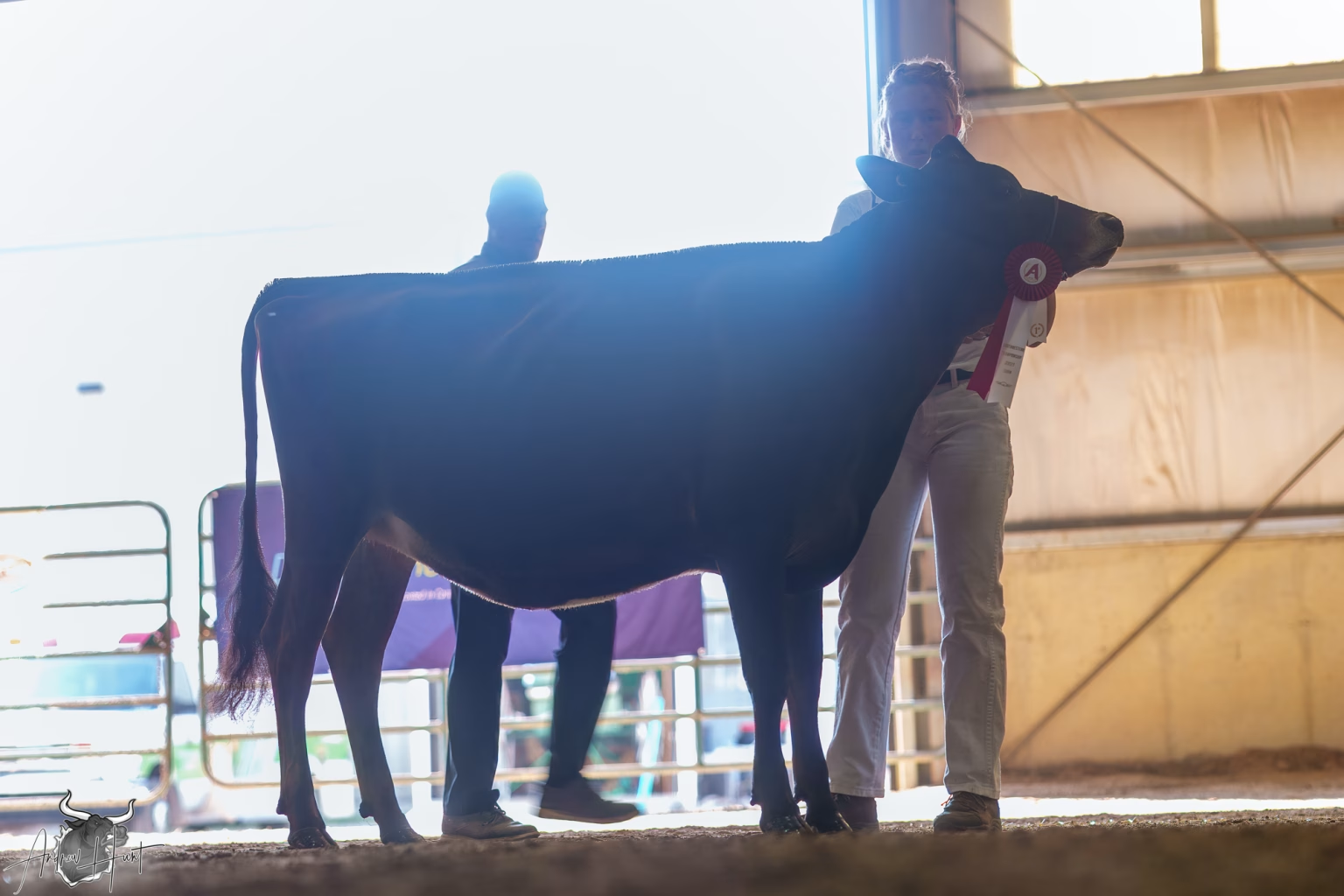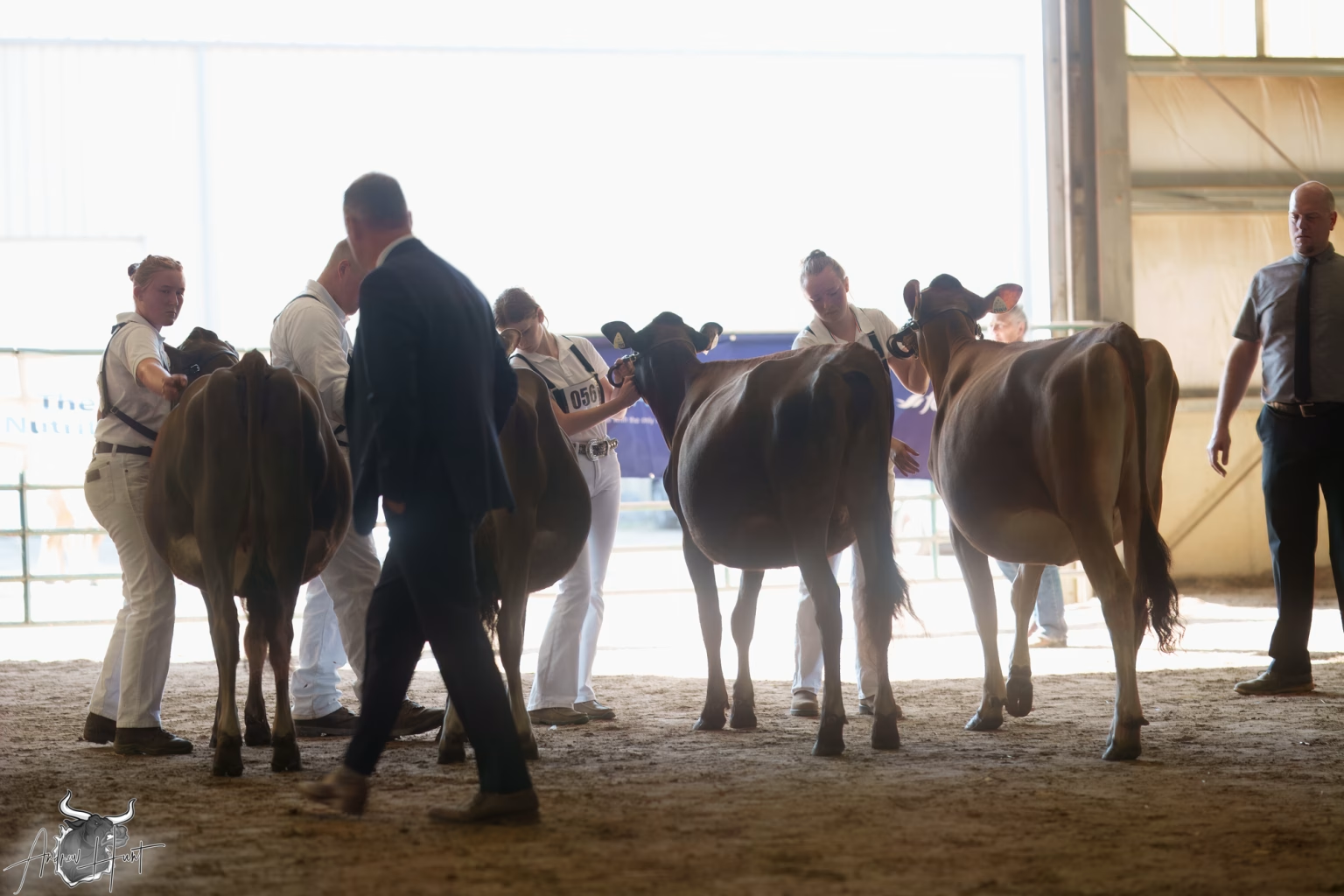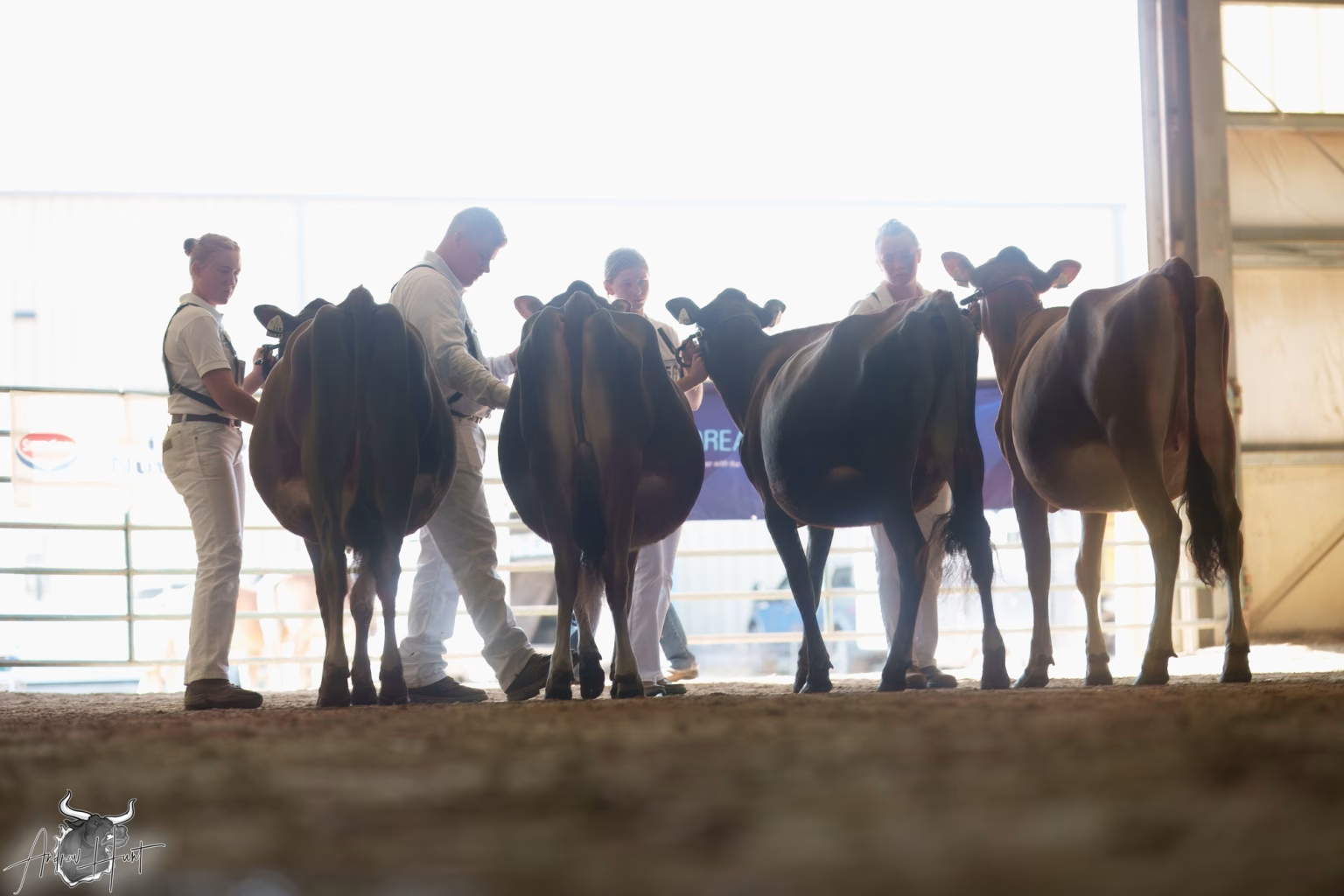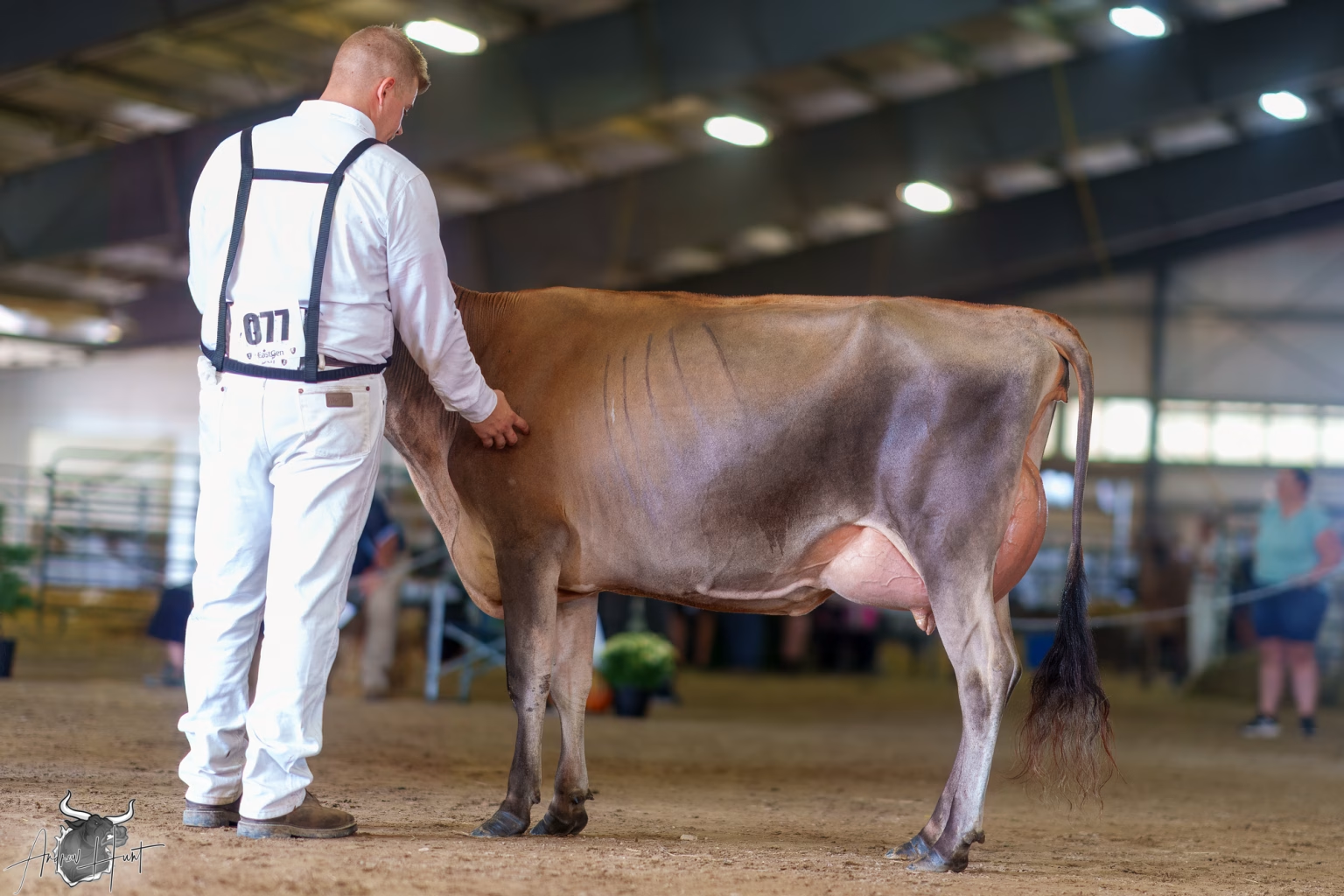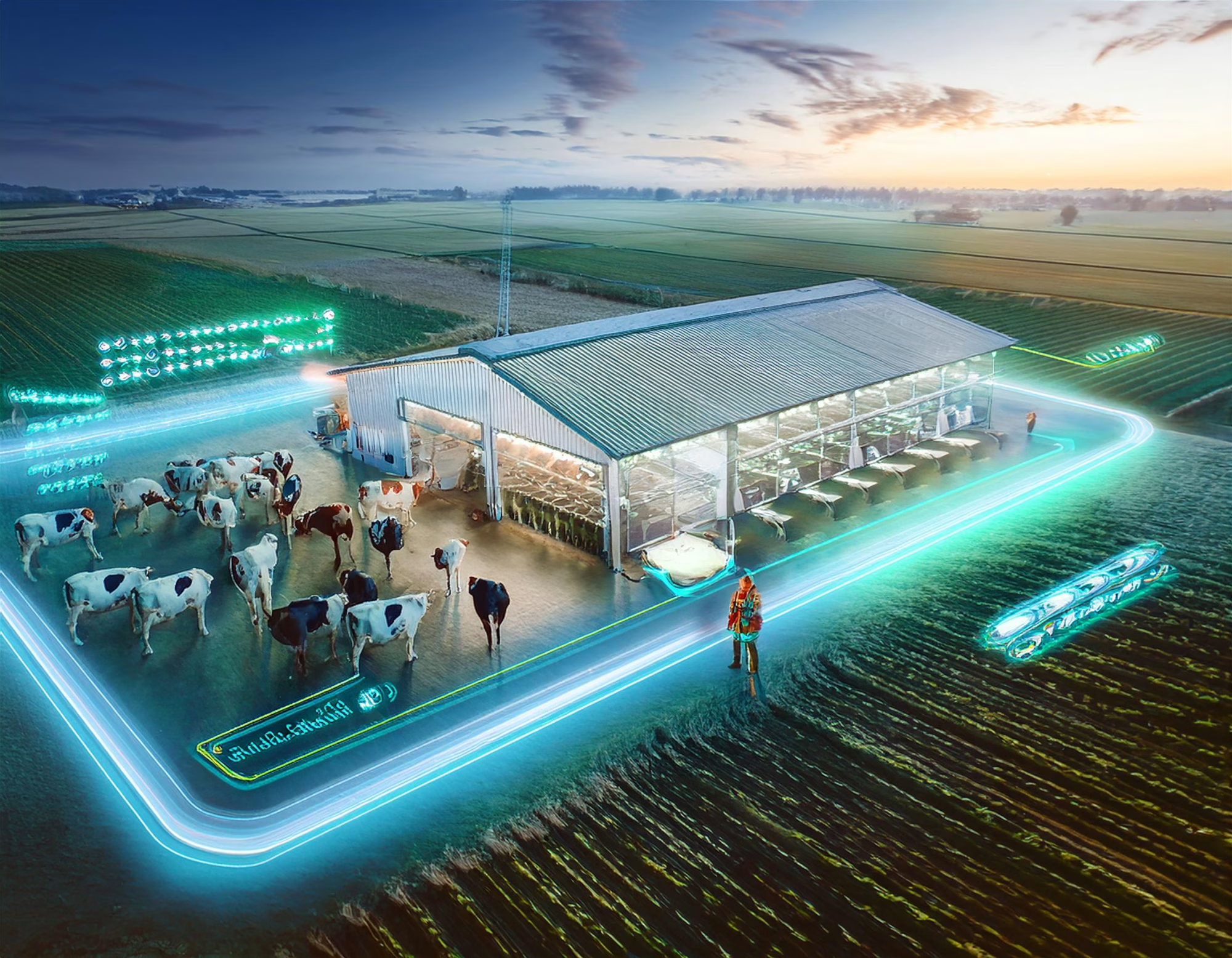Check out the latest dairy market trends. How will global changes affect your farm’s profits? Find strategies you can use now.
Summary:
The global dairy market is going through some ups and downs, with different price changes in each region. On the EEX and SGX, trading has shown various pricing movements. In Europe, dairy product prices like cheese are mixed, while the Global Dairy Trade auction shows changing buyer interests. Milk collections in Ireland and Spain are growing, but China’s farmgate milk prices are steady, although still lower than before. In the U.S., there’s a problem with bottled milk and cheese shortages after the holidays, and the whey and milk powder markets are changing, too. This means dairy farmers must stay adaptable and make smart decisions to handle these shifting market conditions.
Key Takeaways:
- Trading on the European Energy Exchange (EEX) showed a slightly positive trend in the butter futures market, demonstrating a minor overall price increase. In contrast, the Skim Milk Powder (SMP) market slightly declined.
- The Singapore Exchange (SGX) market also experienced a robust trading week, particularly in Whole Milk Powder (WMP) and Skim Milk Powder (SMP) contracts, reflecting an upward trajectory in prices.
- European quotations for dairy products exhibited varied movements, with notable increases in Skim Milk Powder and Whey against Butter and Whole Milk Powder declines.
- European cheese indices displayed mixed trends, with distinct increases in Mild Cheddar and Mozzarella, contrasting with declines in Cheddar Curd and Young Gouda prices.
- The Global Dairy Trade auction saw a general decline, notably in WMP and SMP prices, while AMF fell slightly, and butter prices showed resilience with a modest increase.
- Irish milk collections in November displayed remarkable growth, highlighting significant year-over-year increases, while Spanish milk production remained steady with slight upward movement.
- China’s dairy market is experiencing stabilization in farmgate milk prices but continues to face a long-term downward trend, marking the lowest price levels since 2013.
- U.S. dairy markets are adjusting to post-holiday norms, with tight milk supply reflecting increasing demand, whereas cream remains in surplus.
- Whey production in the U.S. sees a disparity between high-protein isolates and commodity powders amid changes in export dynamics.
- U.S. milk powder markets face challenges following a drop in production and export volumes, indicating competitive pressure from international counterparts.
- Futures in the U.S. dairy sector remain mixed, with variable trends for Class III and Class IV contracts, indicating economic potential for dairy producers amid changing commodity costs.

Over 600 million families worldwide rely on dairy farming. Still, the industry faces significant challenges, such as changing market prices and unpredictable weather. Picture farmers in New Zealand waking up to find that whole milk powder prices have shifted overnight. That’s the reality of the dairy industry. Understanding global trends is crucial for farmers as it assists them in making informed production decisions, securing favorable deals, and maintaining resilience in the face of unforeseen circumstances. Farmers can improve their production and financial planning by staying updated on market dynamics and staying competitive in the ever-changing dairy market.
| Region | Product | Average Price (Jan25-Aug25) | Price Change |
|---|---|---|---|
| European Quotations | Butter | €7,252 | +1.8% |
| European Quotations | SMP (Skim Milk Powder) | €2,663 | -0.5% |
| SGX Futures | WMP (Whole Milk Powder) | $3,732 | +1.8% |
| SGX Futures | AMF (Anhydrous Milk Fat) | $6,731 | -0.6% |
| GDT Auction | Butter | $7,580 | +2.6% |
| GDT Auction | Cheddar | $4,728 | +1.0% |
Dairy Futures: Navigating the European Energy Exchange & Singapore Exchange
The European Energy Exchange (EEX) and the Singapore Exchange (SGX) are key platforms for dairy market trading, providing valuable insights into market dynamics and trends. A Glimpse into the Complexities of the Dairy Market through these exchanges can help dairy farmers and stakeholders make informed decisions. The recent trades on the European Energy Exchange (EEX) show some interesting patterns in the dairy market. Last week, 1,385 tonnes were traded, mostly in butter and skimmed milk powder (SMP) futures. Butter futures increased by 1.8%, indicating strong demand and insufficient supply. This rise could push dairy farmers to make more butter for better profits. But, SMP prices dropped slightly by 0.5%, suggesting there might be too much available or people aren’t as confident about it, which might lead farmers to adjust their plans to stay profitable.
Changes in what’s being traded also give clues. The increase of 154 lots in EEX Butter Futures shows more trust and hope for future price hikes. Meanwhile, a slight rise of 21 lots in SMP might show cautious or gamble-like buying despite the price drop. These changes show market trends and give dairy stakeholders an idea of what to expect and prepare for. Keeping updated can help farmers stay strong and do well in the ever-changing dairy world.
Dynamic Trends in the SGX Dairy Futures Market
Last week, the Singapore Exchange (SGX) buzzed with dairy trades, exchanging 9,742 tonnes of products. This shows the market is hot, and investors are all in. Let’s dive into the action for key products: Whole Milk Powder (WMP), Skim Milk Powder (SMP), Anhydrous Milk Fat (AMF), and Butter.
- Whole Milk Powder (WMP) jumped 1.8% from Jan 25 to Aug 25, averaging $3,732. This jump suggests that demand is rising, driving the global market’s comeback and making buyers feel more confident. WMP is bouncing back nicely after some global trade-ups and downs.
- Skim Milk Powder (SMP) (SMP) ticked 1.1%, reaching $2,829. This increase signals steady use and might mean more milk is being processed, mainly in Asia, which relies on powdered milk.
- Anhydrous Milk Fat (AMF) saw a slight dip of 0.6% to $6,731. This drop might indicate slowed demand, such as because people are switching to other fats or because of changes in the dairy rules of countries that buy AMF.
- On the other hand, Butter prices on SGX rose 2.1%, averaging $6,428. This rise points to strong buyer demand, maybe for baking and holiday needs. The future path of butter prices on SGX might affect global butter supplies, especially if more people go for high-quality dairy fats.
Overall, the SGX futures market carefully balances demand and supply in the dairy market. The trends from the Jan 25-Aug 25 contracts give clues about global dairy market shifts, showing how people buy and trade dairy products.
European Dairy Prices: A Symphony of Shifts and Uncertain Movements
This week’s European Quotations highlight how unpredictable the dairy market can be, with prices shifting in various directions.
- Butter struggled, dropping prices by €91 (-1.2%) to €7,356. German butter fell sharply by €265 (-3.4%) to €7,425, while Dutch butter rose by €80 (+1.1%) to €7,200. These changes suggest uncertain demand and export challenges.
- Skimmed Milk Powder (SMP) remained steady, rising by €42 (+1.7%) to €2,565. German SMP went up by €5 (+0.2%), but French SMP jumped €120 (+4.8%), showing strong demand in France.
- Whey presented mixed signals. In Germany, prices increased by €5 (+0.6%) to €880 while declining by €10 (-1.1 %). Meanwhile, Dutch prices rose by €20 (+2.3%) to €900, suggesting changes in whey processing.
- Whole Milk Powder (WMP) faced a €43 (-1.0%) drop to €4,341. However, Dutch WMP increased €50 (+1.1%), contrasting with France’s decrease of €42 (-0.9%). These price moves urge European dairy farmers to stay adaptable, responding to supply issues and global trade changes.
These shifts impact European dairy farmers’ profits and plans while influencing global trade, deals, and market predictions.
Cheese Market Variations: Navigating Through European Indices Fluctuations
The recent data on the EEX Cheese Indices shows mixed trends in the European cheese market, with some prices increasing and others decreasing. Cheddar Curd slightly fell by €5, now at €4,707, possibly due to market pressures or changing demand. In contrast, Mild Cheddar rose by €3, reaching €4,724, suggesting steady demand or higher production costs. Young Gouda saw a more significant drop of €42 to €4,153, likely from a surplus in supply or shifting consumer tastes. Meanwhile, Mozzarella increased by €101, hitting €3,930, indicating strong demand and possibly more exports or local use.
These fluctuations impact cheese producers in Europe. Those dealing with Cheddar Curd and Young Gouda must think strategically about production and markets to stabilize income. On the other hand, producers of Mild Cheddar and Mozzarella could explore boosting production or expanding their market reach, taking advantage of the favorable pricing.
The Global Dairy Trade Auction: Navigating Through a Sea of Market Changes
The Global Dairy Trade (GDT) auction recently decreased, influencing the global dairy scene. The GDT index dipped 1.4% to TE371, showing changes in buyers’ behavior and market situations. Whole Milk Powder (WMP) dropped by 2.1%, with prices reaching $3,804, emphasizing ongoing market shifts. Skim Milk Powder (SMP) also decreased by 2.2% to $2,682, suggesting that confidence in stock and pricing is still paramount.
These changes might be due to varying demand, currency shifts, and global political matters affecting trade. Despite this, Butter prices climbed by 2.6%, indicating strong demand for dairy fats. The Solarec Butter C2 price reached $7,580 (€7,270 with current exchange rates), illustrating varying regional needs and costs.
Cheddar and Mozzarella did well, with 1.0% and 3.6% increases, respectively. These cheeses are popular worldwide due to their versatility and established roles in many dishes. Thanks to firm trade deals and market tactics, the cheddar price hit $4,728.
These auction results show the factors influencing the international dairy trade. Rising costs, changes in regional production, and shifting consumer preferences all contribute to this. Exporters and producers must stay adaptable and adjust their plans to succeed in these challenging times. The results aren’t just numbers but key signs of market trends, helping businesses find profitable paths in the ever-changing global dairy market.
Prosperity in Progress: Unraveling the Milk Collection Surge in Ireland and Steady Growth in Spain
Recent trends in milk collections in Ireland and Spain show some significant changes influencing their dairy industries and the European market overall.
Irish Milk Collections
Ireland’s milk collections increased dramatically in November, up 33.6% from last year, to 510,000 tonnes. This jump is surprising, as the total for 2024 was down by 1.2%. Good weather extending the grazing season and improved farming methods and cattle breeds likely helped boost production.
This growth is vital for Ireland’s dairy sector, which depends heavily on exports. More milk production could help Ireland meet local and international customers, potentially boosting its European market position. However, a balance must be struck between increasing production and considering environmental impact.
Spanish Milk Collections
In November, milk collections in Spain increased by 0.8% to 581,000 tonnes. For 2024, collections have grown by 1.5% from last year. This small rise is mainly due to slight improvements in herd management and better dairy infrastructure. However, it’s not as significant as Ireland’s increase, indicating that different factors are involved.
Although not as impactful as Ireland’s surge, Spain’s growth supports local supply chains and might enhance its European competitiveness. Spanish producers should monitor European trade changes that might affect costs or access.
Changes in milk collections in Ireland and Spain indicate shifts in the European dairy market. These changes impact market balance, pricing, and trade. The industry will need careful planning to take advantage of these developments while avoiding problems.
Stabilization Amid Decline: China’s Dairy Pricing and Market Dynamics
Farmgate milk prices in China’s dairy sector have stayed at 3.11 Yuan/Kg for three weeks. However, this follows twenty-seven months of price drops, suggesting deeper market issues. One big reason is the supply-demand imbalance. Better production practices mean supply is higher than demand, pushing prices down. Also, strict rules may limit smaller dairy farms’ ability to adjust, leading to more price drops.
This long period of low prices affects the farming sector. It means smaller profits and more challenging financial times for Chinese dairy farmers. This might lead to fewer small farms and more control by larger ones. However, it also increases import demand, making China an attractive market for global dairy suppliers. With local production struggling, cheaper international imports are more appealing, boosting China’s role in global dairy trading.
Adapting to the Chill: US Dairy Market Transitions Post-Holiday Season
Traders are back to work, and milk bottling has been busy since Christmas. A snowstorm in the South caused people to buy lots of milk and eggs, leaving empty shelves in places like Texas and Tennessee. Now, bottlers are rushing to get stock back on the shelves.
This rush is affecting butter and cheese production. There are plenty of cheap creams, so butter production is rising. Producers are storing butter for later use. In November, butter production was up by 4.4% from last year, showing good growth. The market is stable, and butter prices are going up slowly.
But cheese production has its issues. After the holidays, demand changed things, and earlier fears of cheese shortages led to some price changes. Recent data shows cheese production dropped by 1.7% in November from the previous year. Cheddar cheese production also went down, causing worries about trading availability. Despite these changes, cheese exports reached record highs because of strong international demand, especially from Mexico.
This dynamic landscape presents challenges, such as fluctuating production costs and market demands, alongside opportunities for expansion and innovation for US dairy farmers. More butter production suggests a strong demand for milk fat, which might raise milk prices. However, changes in cheese trends could keep prices steady or make them unpredictable, depending on exports and domestic production.
In this quick-changing market, US dairy farmers must be innovative, weighing short-term gains against long-term stability.
Tightrope Walking in Dairy: Navigating Shifting Demands and Competitive Pressures
Whey and milk powder production trends present challenges and opportunities for the industry. Production of whey protein isolate has hit new highs, possibly driven by more health-minded consumers. However, whey powder production slightly dropped, suggesting potential market weaknesses. Whey exports fell 11.4% from last year, possibly due to changing buyer preferences and competition as China’s buying moved towards Europe. This shows a delicate balance for producers between local demand and less international interest.
On the other hand, milk powder production dropped 10.9% compared to last year—its lowest November since 2013. Exports fell even more by 19.7%, posing a challenge for US producers. Fewer shipments to places like Mexico and Southeast Asia highlight the competitive edge of international producers, especially with a strong dollar and stable prices elsewhere. This data shows that US producers need to rethink their export strategies to regain market share.
Prices for these goods depend on production levels, global competition, and currency rates. Though whey prices have settled, the slight dip in whey powder stocks and steady milk powder prices suggest possible market saturation or competition. Dairy producers must manage changing costs and stand out to stay profitable.
These trends call for new ideas and strategic partnerships to boost growth and tackle difficulties in these areas. As markets shift, improving production efficiency and staying adaptable are crucial for producers to succeed in this unstable market.
Navigating the Uncertain Futures: Strategic Insights for Dairy Farmers
Futures markets are shifting, especially with Class III and Class IV contracts. Class III contracts for January to April dropped about 20 cents but are still over $20 per cwt, which means income looks good. Meanwhile, Class IV contracts hold steady or slightly higher at $21.10, indicating cautious hope. It seems like a good time to pay the bills, but farmers should stay prepared for quick changes.
Changes in corn and soybean yields also matter to dairy farmers. Corn yield is now at 179.3 bushels per acre, and soybean yield is down to 50.7 bushels. This caused March corn futures to rise to $4.71, leading to higher feed costs than expected. Farmers must keep strategies flexible for feed costs and budgeting even if they’ve locked in some prices before the fall.
Tackling these feed cost challenges involves a few strategies. Farmers can use feed more efficiently and check out alternative feeds to cope with rising prices. Locking in prices ahead of time for some feed can shield them from market changes. Also, diversifying nutrition plans and using advanced feed technology can help manage feed costs and keep profits steady, even when markets throw surprises their way.
The Bottom Line
The dairy market is constantly changing, so keeping up is essential. Knowing how supply, demand, and prices shift can help you do well in the business. How are these changes impacting what you do? Sharing what you know could help us better understand the dairy world. Swapping ideas with other experts might bring fresh solutions, too.
Keeping up with market trends helps you make smarter choices and find new growth opportunities. The dairy industry constantly evolves, offering new opportunities and undiscovered paths to explore. Let’s keep learning, adapting, and seizing opportunities to succeed in the dynamic dairy world. Jump into the chat below and tell us what you’re thinking. We value your input, so don’t hold back!
Learn more:
- Mid-Year 2024 Global Dairy Business Review: Key Developments from January to June
- Global Dairy Market Trends July 2024: Australia’s Rise as Argentina and New Zealand Face Challenges
- Is 2024 Shaping Up to Be a Disappointing Year for Dairy Exports and Milk Yields?
 Join the Revolution!
Join the Revolution!
Bullvine Daily is your essential e-zine for staying ahead in the dairy industry. With over 30,000 subscribers, we bring you the week’s top news, helping you manage tasks efficiently. Stay informed about milk production, tech adoption, and more, so you can concentrate on your dairy operations.







 Join the Revolution!
Join the Revolution!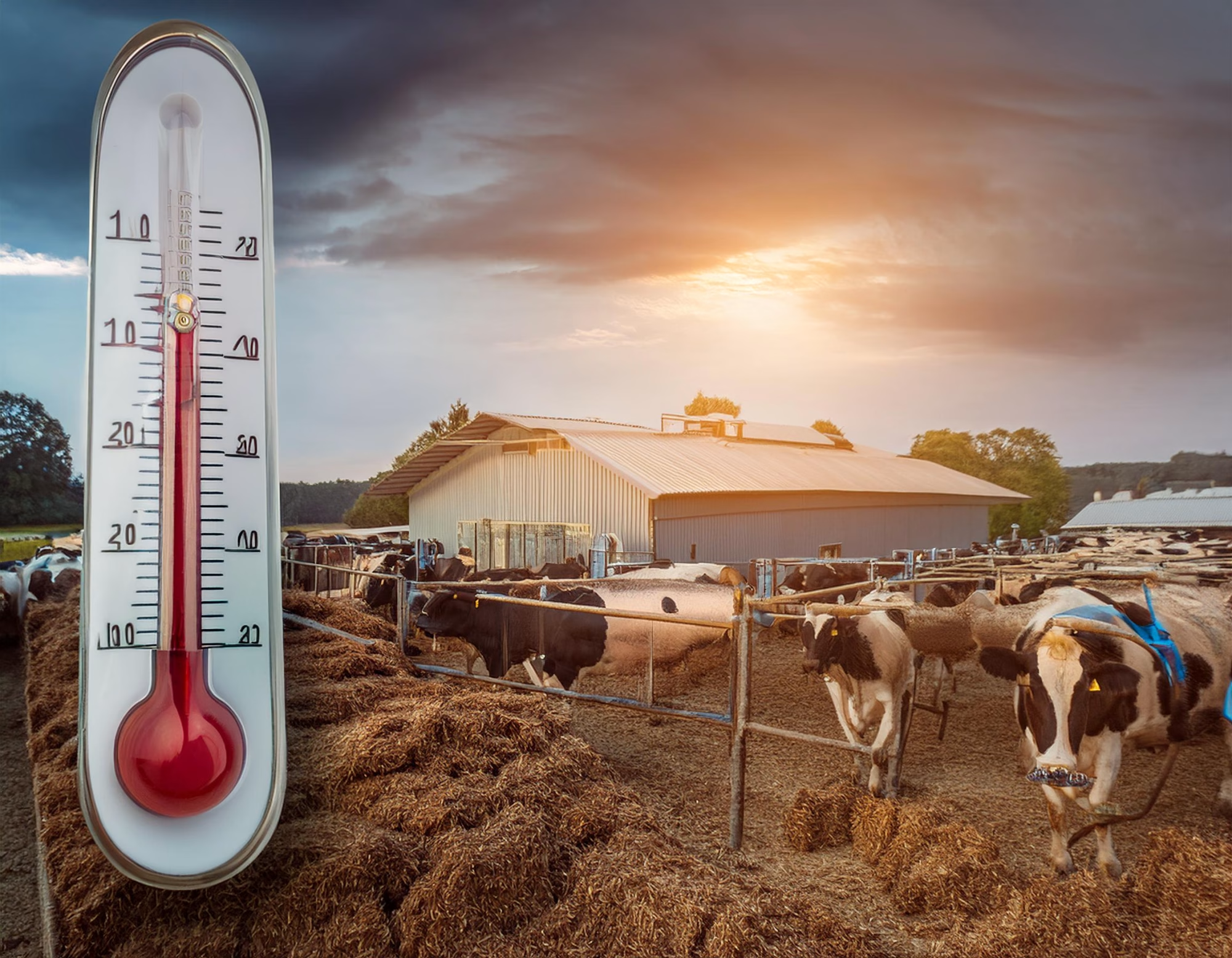


 Download our Dairy Farmers Guide to Stress-Free Calvings
Download our Dairy Farmers Guide to Stress-Free Calvings









